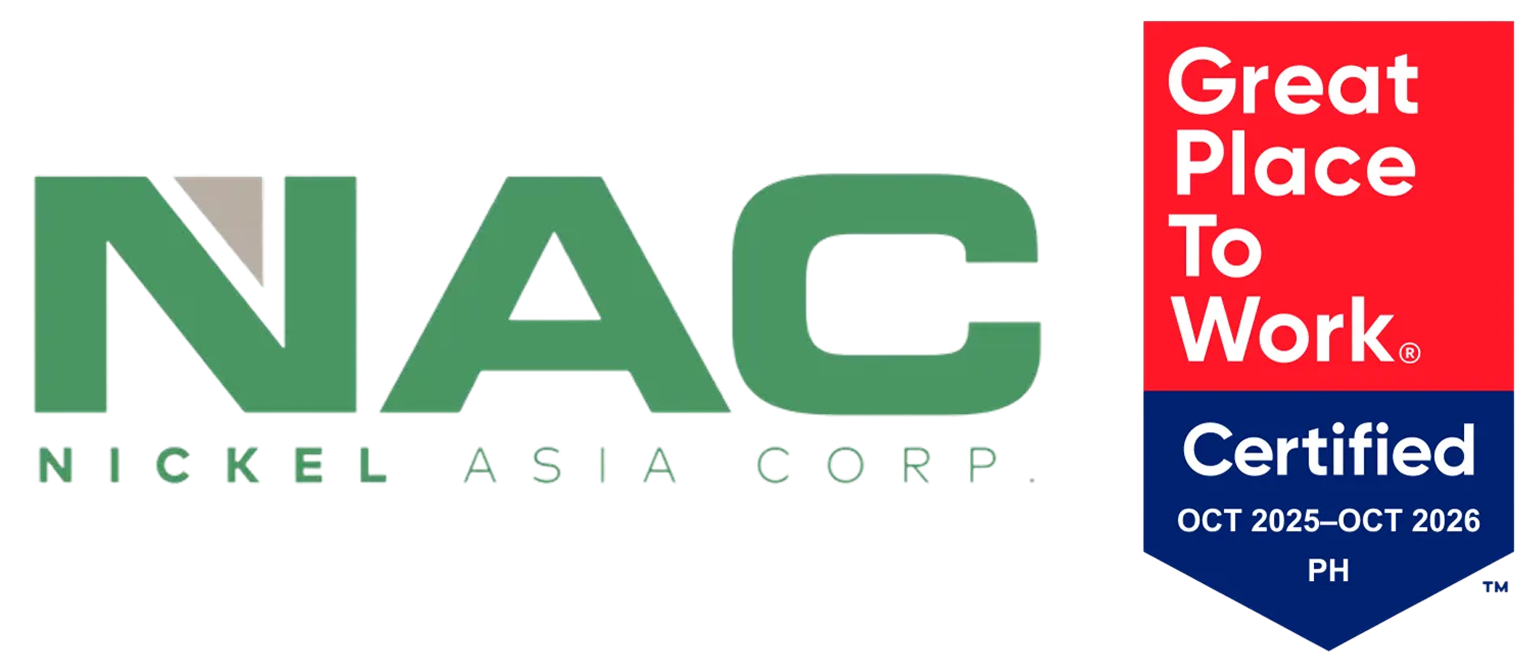Materiality assessment shapes an organization’s sustainability strategy by identifying key environmental, social, and governance (ESG) issues that influence business performance and stakeholder priorities. It allows companies to assess risks, explore opportunities, and adapt to evolving sustainability challenges.
According to the Sustainability Accounting Standards Board (SASB), materiality involves a long-term focus on the issues that affect an organization’s performance and management priorities, as well as the information needed to make informed decisions. The process begins with identifying ESG issues, followed by prioritizing the most significant ones and developing strategic responses through sustainability targets and performance indicators. These insights contribute to corporate decision-making and ESG disclosures.
Materiality assessment informs both sustainability reporting and strategic planning, though these objectives often diverge. Reporting focuses on past performance and accountability, while strategy looks ahead to drive future initiatives. Furthermore, this exercise allows organizations to balance both perspectives, ensuring that sustainability efforts remain relevant, measurable, and aligned with business objectives.
NAC's Materiality Strategy
As part of its commitment to responsible and sustainable business, Nickel Asia Corporation (NAC or “the Company") will conduct its 2025 ESG Materiality Assessment to ensure that its sustainability priorities remain aligned with both its business strategy and stakeholder expectations. This assessment is a critical step in identifying the most significant ESG issues that impact NAC, its subsidiaries, and its stakeholders—enabling the Company to proactively address risks, seize opportunities, and refine its sustainability strategy.
The Company conducted its last materiality assessment in 2022 and carries out a comprehensive materiality assessment every three years, with the next one scheduled for 2025. This process adheres to global best practices and reporting standards, such as the GRI Standards and the SASB framework. These internationally recognized frameworks provide a structured approach for evaluating ESG issues based on their relevance to mining and renewable operations, financial performance, and stakeholder concerns.
The Company has consistently reported on its material ESG topics in its annual Sustainability Report, ensuring transparency and accountability in its sustainability disclosures. However, with the evolving sustainability landscape and shifting stakeholder priorities, it is essential to reassess whether these topics remain relevant or if new and emerging issues have gained significance.
For the 2025 assessment, the Company, in partnership with Gaia Corporate Sustainability Solutions (GCSS), Inc., will conduct a structured engagement process involving internal and external stakeholders. This will include an online survey, Focus Group Discussions, and survey sessions with key stakeholder groups such as employees, shareholders, suppliers, regulatory bodies, the market, and local communities. These engagements will provide critical insights into how stakeholders perceive NAC’s ESG performance and priorities, ensuring that the materiality assessment reflects a comprehensive and balanced perspective.
Stakeholder Engagement
Engaging stakeholders is essential in conducting a comprehensive and meaningful materiality assessment. Stakeholders provide valuable insights into the ESG and sustainability issues that impact both the organization and the broader community. Through active engagement, the Company ensures that its sustainability priorities reflect the expectations, concerns, and interests of those who are directly or indirectly affected by its operations.
The Company will engage with both internal and external stakeholders to gather perspectives on ESG topics. This process strengthens relationships, enhances transparency, and aligns sustainability initiatives with stakeholder priorities. Each stakeholder segment will be sampled at a minimum of 15% of its total population, ensuring that the gathered insights accurately reflect stakeholder priorities and concerns.
Identified Stakeholders
Internal Stakeholders
- Employees – Individuals directly employed by the Group, including full-time and seasonal employees who contribute to the organization’s daily operations, corporate culture, and long-term strategic goals.
- Shareholders and Investors – Individuals and institutional investors who hold shares in the Company and have a financial interest in its performance, governance, and long-term strategy.
External Stakeholders
- Suppliers and Business Partners – Companies that provide goods, services, and logistics support essential to the Group’s mining and renewable operations, following standards on quality, safety, and sustainability.
- Local Government Units – Government bodies at the local level (provinces, cities, municipalities, barangays) are responsible for public services and community development.
- Regulatory Agencies – Government agencies such as the Mines and Geosciences Bureau–Department of Environment and Natural Resources (MGB–DENR), Department of Labor and Employment (DOLE), Environmental Management Bureau (EMB), and National Commission on Indigenous Peoples (NCIP) that enforce laws and regulations on mining, the environment, labor, health, and safety.
- Host and Neighboring Communities and Indigenous Peoples – Local populations around the mining sites who are directly affected by operations and are engaged through development programs and consultations.
- Downstream Market Management – Entities responsible for overseeing the flow of products and services from production to final customers, ensuring market efficiency. This includes CBCN, THPAL, and PAMCO.
- Non-Governmental Organizations (NGOs) or Civil Society Organizations (CSOs) – Non-profit, voluntary citizen groups operating independently of the government and working to address social, humanitarian, or environmental issues. This includes faith-based organizations, such as churches, that contribute to community welfare, advocacy, and moral guidance.
- Media and the General Public – Communication channels and members of the broader society who observe, report on, and are impacted by the Company's activities.
Stakeholder engagement will be conducted through surveys, consultations, and targeted discussions to ensure that stakeholder perspectives are fully considered in determining NAC’s material ESG issues. Insights from this process will help shape sustainability strategies, risk management approaches, and future ESG disclosures.
